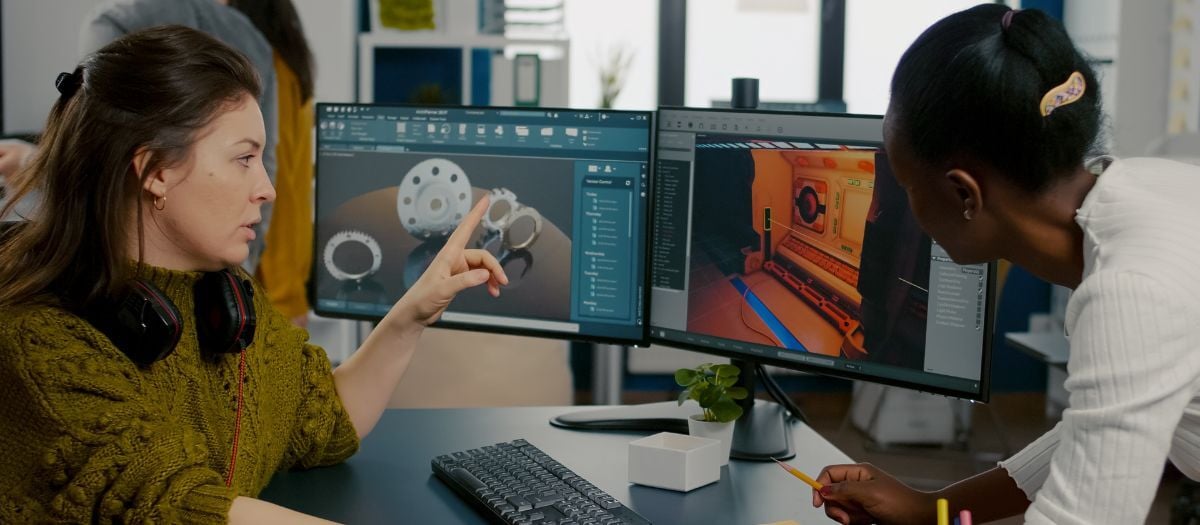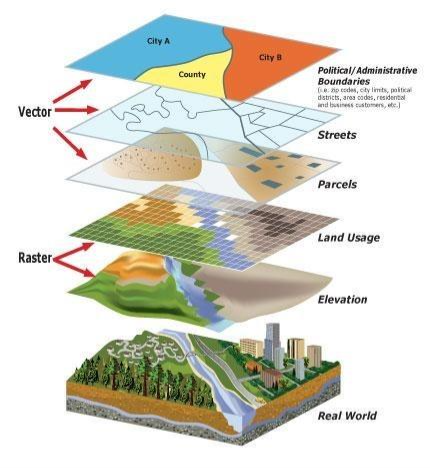Creating reports and constantly checking work at almost every step can be time-consuming and prone to human error, leading to costly mistakes. Intelligent CAD packages, like AutoCAD Electrical, enhance engineers' capacity and accuracy by reducing the complexities of manual design processes.
What’s more, the global market for electrical engineering services is growing, boosted by the increased demand for automation. As the market expands, companies developing these tools address engineers' needs by introducing increasingly complex features, ranging from predictive tools and automation to advanced 3D modeling capabilities. That’s why keeping up with the expectation to be proficient with the constantly updated software versions can be challenging.
This article will explore CAD’s early days and modern advancements, including training and consulting.
A Brief History of CAD
Computer-Aided Design (CAD) has dramatically impacted the engineering industry, revolutionizing how designs are created, analyzed, and manufactured. Since its inception in the early 1950s, when researchers like Douglas T. Ross at MIT began exploring computer-aided design, CAD has undergone tremendous evolution.
The release of AutoCAD by Autodesk in 1982 marked a significant milestone by making CAD software accessible on personal computers. This democratization of CAD technology allowed smaller engineering firms and individual designers to leverage its capabilities, driving widespread adoption and innovation.
The 1980s and 1990s saw CAD’s revolutionary years, bringing out the best in its software capabilities. Features like 3D modeling and integration with manufacturing processes were introduced and expanded. These innovations enabled engineers to produce detailed and precise models for mechanical parts and entire systems, greatly boosting the accuracy and efficiency of engineering designs.
Fast forward to today, CAD is integral to nearly all engineering disciplines, including mechanical, civil, electrical, and aerospace. It supports not only design but also simulation, analysis, and manufacturing processes, making it indispensable for modern engineering workflows. Recent advances have also been pushing the boundaries of what engineers can achieve. CAD is now integrated with other technologies like digital twins, augmented reality (AR), and the Internet of Things (IoT). This transformation has led to higher quality designs, reduced errors, and increased efficiency, cementing CAD's role as a cornerstone of modern engineering.
CAD Solutions Are Solving Modern Electrical Engineering Challenges
Explore how CAD solutions like AutoCAD Electrical tackle common challenges in electrical engineering. Features such as automatic wire numbering and component tagging minimize human errors, while advanced 3D modeling and simulation tools enhance design quality, ensuring compliance with industry standards.
Time-Saving and Cost-Effective
Scenario: Double-checking the quality of work and scouting for errors can disrupt an engineer's workflow. Engineers must pause their current tasks and projects to perform these checks. If parts are missing, additional parts need to be ordered, or adjustments to the bill of materials are required. These tasks must be completed manually, further disrupting the workflow.
CAD Solutions: CAD software can speed up the process by creating template reports and drawings, and setting up a multi-user environment.
End-to-End Automation
Scenario: Engineers often spend considerable time on repetitive tasks, leading to inefficiencies and increased labor costs. Managing the entire workflow manually, from designing to quality assurance (QA) and report generation, can be lengthy and mistake-laden.
CAD Solutions: CAD software automates every step of the process, from designing and QA to creating detailed reports. Automating these tasks allows companies to save money without cutting corners and reduce the need for manual labor.
Precision Beyond Human Errors
Scenario: Human error is always a factor in manual drafting processes. For instance, assigning too many contacts to a relay can lead to malfunctioning systems or unexpected downtimes. Similarly, attempting to break a wire of one size or color and then linking it to a different size or color can also cause electrical malfunction and safety hazards, like overheating.
CAD Solutions: Engineers can use CAD to draw actual wires, not just AutoCAD line objects, allowing for accurate representation and connection of every component. Automated precision eliminates common errors associated with manual drafting, ensuring that electrical connections are correct and compliant with standards. Additionally, CAD software maintains signal integrity and ensures components are correctly specified and utilized, improving the overall quality and reliability of the design.
Boosted Training with Tech Support
Scenario: Engineers and designers often encounter issues such as not knowing the specific functions of the software. Scenarios like this often lead to mistakes in usage or even software failures, resulting in downtime and reduced productivity.
CAD Solutions: Hagerman offers multi-tier support contracts, allowing companies to purchase an hour of time or sign a yearly contract with unlimited support. Additionally, the Hagerman Blog provides tips and tricks, and webinars that introduce new ideas or features rarely applied out of the box. Its comprehensive support ensures that engineers are well-trained and able to quickly resolve any issues, thereby maintaining high productivity.
Getting the Most Intelligent CAD Software with Hagerman
One of the most notable advancements in the engineering design field over the past decade has been the enhanced interoperability between AutoCAD Electrical and Inventor — a 3D mechanical modeling package used in manufacturing. Developed five to ten years ago, this seamless linking of two powerful software tools has revolutionized the way engineers and designers work.
With this dynamic link, users can now graphically represent cables, harnesses, and symbols in a 3D format—a capability previously unattainable with AutoCAD or AutoCAD Electrical alone. This integration goes beyond a simple handshake; it establishes a continuous, dynamic connection between the two software programs.
Its real-time synchronization means that if an error is made in AutoCAD Electrical, Inventor is immediately notified and can make the necessary updates. This process guarantees that designs are accurate and up-to-date, significantly reducing human error and strengthening efficiency. Visualizing and manipulating electrical components in a 3D space elevates design quality and precision, streamlining the workflow for engineers and making the design process more intuitive and integrated.
Future-Proof Your Engineering Workflows
Integrating intelligent CAD packages into processes can signify embracing advancements in the engineering field. CAD systems not only automate manual processes and check for errors, but also bridge the gap between electrical and mechanical engineering.
Despite the clear benefits, some companies resist adopting these solutions due to a reluctance to change established practices. It’s a resistance that often stems from a desire to remain within their comfort zones, ultimately costing time, money, and causing unnecessary complications. While the initial investment in software, implementation, and training can be daunting, the long-term gains in efficiency and accuracy far outweigh these initial costs. The learning curve may temporarily slow down operations, but the future time savings and reduction in errors make it a worthwhile investment.
Companies that embrace this change will find themselves better positioned for success. Adopting intelligent CAD solutions is not just about keeping up with technological advancements; it's about safeguarding the longevity and competitiveness of your business.
If you're ready to transform your design processes and future-proof your engineering workflows, partnering with Hagerman & Company can be the better option. Hagerman offers expert support and comprehensive solutions to help you fully leverage CAD technology. Learn more about us today.




Comments